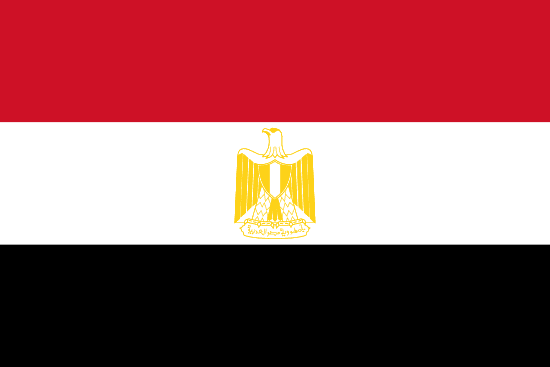"مدينة المائة باب | City of a hundred gates"
About:
Luxor, Egypt, was founded around 3200 BC as part of ancient Thebes, the pharaohs' capital at the height of their power during the 16th–11th centuries BC. Known for its ancient Egyptian sites, Luxor has been a tourist destination since the Greek and Roman times. The city suffered during the political instability following the 2011 Egyptian revolution but has since been recovering. Today, Luxor continues to thrive as a cultural and tourism hub, housing monuments like the Luxor and Karnak temples and the Valley of the Kings.
When to visit:
Luxor, Egypt, is best visited during the winter months, specifically from November to February, when temperatures are milder and more pleasant for exploring the city's ancient ruins and historical sites. During this time, the scorching heat of the summer months has subsided, making it more comfortable for outdoor activities. The winter months also coincide with the peak tourist season, offering a bustling atmosphere and numerous cultural events and festivals to enjoy. Additionally, visiting Luxor during these months allows you to witness the stunning sunrise and sunset over the iconic landmarks along the Nile River, creating a truly memorable holiday experience.
When to avoid:
Luxor, located in Egypt, experiences scorching hot temperatures during the summer months, particularly in July and August, making it the worst time to travel to the city for a holiday. With temperatures often exceeding 40 degrees Celsius (104 degrees Fahrenheit), sightseeing and outdoor activities can be extremely challenging and uncomfortable for visitors. Additionally, the high levels of heat can pose health risks, particularly for those not accustomed to such extreme conditions. To fully enjoy the historical sites and attractions in Luxor, it is advisable to plan your trip during the cooler months of late autumn to early spring when the weather is more pleasant and conducive to exploration.
Winter (Dec-Feb)
In Luxor, Egypt, the coldest and wettest period is from December to February. Average temperatures range from 8°C to 22°C. Rainfall is minimal, with only 1mm in December and virtually none in January and February. Sunlight is less intense, with 7-8 hours of daylight. Cloud cover varies, but skies are generally clear. An average day for a visitor would be comfortably cool, great for sightseeing. Layered clothing is recommended for the cooler mornings and evenings. Despite being the 'wettest' season, rain is rare, so there's little disruption to outdoor activities.
"Peak Heat Season (May-September)"
In Luxor, Egypt, the warmest part of the year typically spans from May to September, with July and August being the peak months. During this period, the average high temperature ranges from 39-41°C (102-106°F), and the average low temperature is around 22-26°C (72-79°F).
Rainfall is virtually nonexistent during these months, as Luxor is located in the desert region of Egypt. The city experiences less than an inch of rain annually, most of which falls during winter, so summer days are typically dry.
Sunlight is abundant, with an average of 10-11 hours of bright sunshine each day. This means visitors can expect long, sun-filled days.
Humidity is generally low due to the arid desert climate, typically ranging from 20-30%. This low humidity helps to make the high temperatures feel less oppressive than they would in a more humid climate.
Cloudiness is also minimal during these months, with clear or mostly clear conditions prevailing most of the time, contributing to the high levels of sunlight.
A typical day for a visitor during this time would be intensely hot, especially in the afternoon hours. It is a dry heat, with lots of sunshine and clear skies. The mornings and evenings are slightly cooler and more comfortable, making these times ideal for outdoor activities and sightseeing. Despite the high temperatures, the low humidity means that as long as you stay hydrated and protected from the sun, the heat can be bearable.
Language:
In Luxor, Egypt, the most commonly spoken language is Egyptian Arabic, a dialect of Modern Standard Arabic. This dialect is used in daily conversation, while Modern Standard Arabic is typically used in formal settings, such as in media and literature. English is also widely spoken due to the city's thriving tourism industry.




